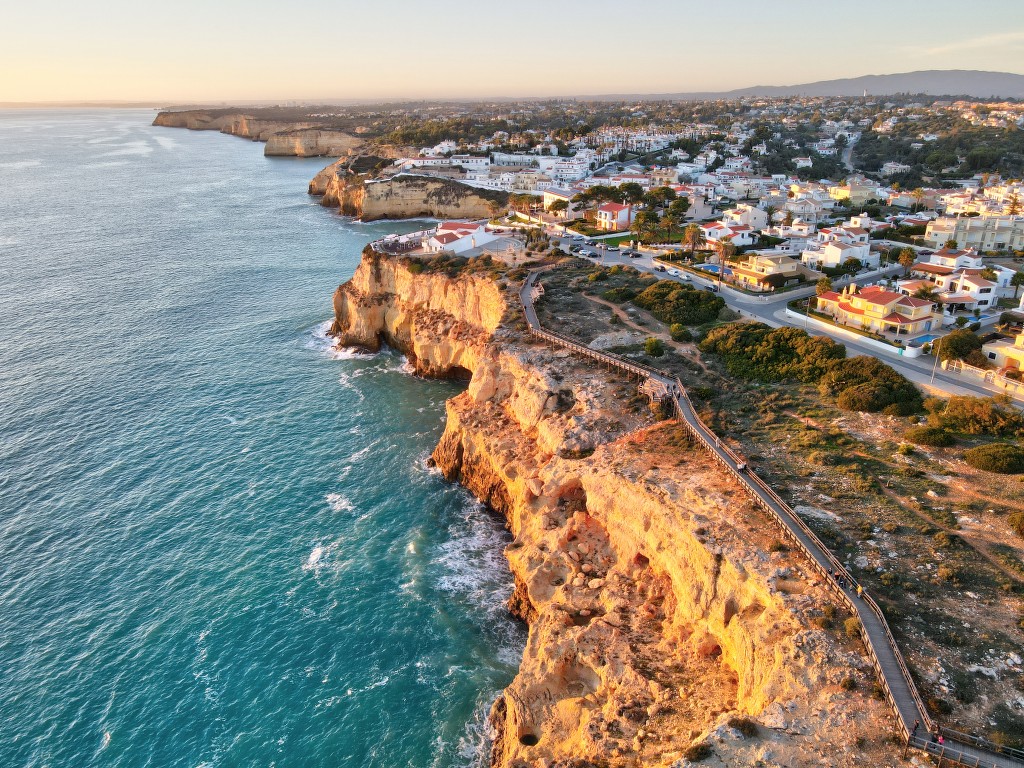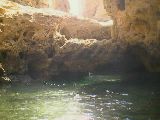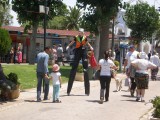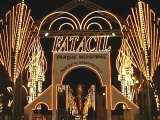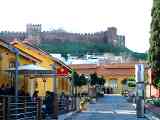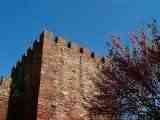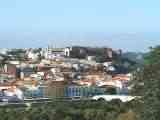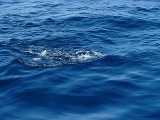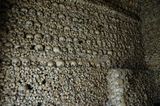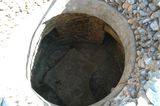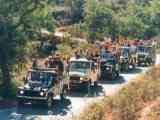What to do?
Please also see:
- Top 10 activities for kids
- Top 10 of things to do in the rain
- Top 10 ways to spend a winter day in the Algarve
- Top 10 things to do over Christmas and New Year in Carvoeiro
| in Carvoeiro | |||
|
|
Carvoeiro Boardwalk | Local | |
|
|
A Boat trip to see the coast and the grottoes | Local | |
|
|
Algar Seco | Local | |
|
|
The Algarve International Fair | Each year in June; Fatasil Lagoa | |
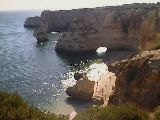 |
Beaches |
|
|
 |
Market in Carvoeiro | Local | |
| in Lagoa | |||
|
|
5 km. from Carvoeiro |
||
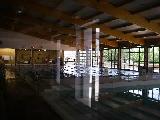 |
Lagoa indoor swimming pool | 5 km. from Carvoeiro | |
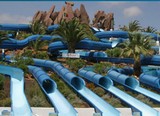 |
Slide and Splash | 7 km from Carvoeiro.
Transportation by bus is available from various locations and can be arranged by buying your ticket through the hotel reception or travel agent. |
|
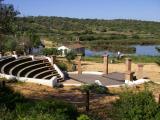 |
Fontes de Estômbar | 12.2 km from Carvoeiro (car needed) | |
| in Silves | |||
|
|
Currently closed with no sign as to when or if it will reopen. |
||
|
|
Silves Castle | 12 km from Carvoeiro (car needed). | |
|
|
Silves town and Medieval Festival - Silves sports complex | 12 km from Carvoeiro (car needed). | |
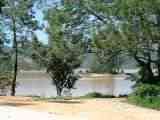 |
Barragem do Arade | 25 km from Carvoeiro (car needed). | |
| in Portimao | |||
 |
Agua taxi | 12 km from Carvoeiro | |
|
|
Big Game Fishing | 12 km from Carvoeiro | |
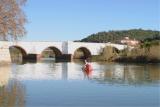 |
Canoeing in the Algarve | 12 km from Carvoeiro | |
 |
Sardine Festival in Portimão | The exact date of the Portimão Sardine Festival changes each year but it is usually at the start of August and runs for about nine or ten days. In 2012 the festival will be taking place between August 3 and August 11 but check each year with the Municiapl Câmara of Portimão to make sure you are in the area at the right time. | |
 |
Sardines in Portimão | 12 km from Carvoeiro | |
| Algoz / Guia / Alcantarilha | |||
|
|
Capela dos Ossos (Chapel of Bones) | ||
|
|
Zoo Marine | 15 km from Carvoeiro (car needed).
Transportation by bus is available from various locations and can be arranged by buying your ticket through the hotel reception or travel agent. |
|
|
|
Frango Piri Piri | 18 km from Carvoeiro (car needed) | |
|
|
Krazy World | 25 km from Carvoeiro (car needed).
Transportation by bus is available from various locations and can be arranged by buying your ticket through the hotel reception or travel agent. |
|
| Various | |||
|
|
Alcalar megalithic monuments | 26 km. from Carvoeiro (Close to the F1 circuit) |
|
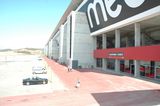 |
Autódromo Internacional do Algarve | 30 km. from Carvoeiro | |
 |
Cinemas | Nearby and in the Algarve as general... | |
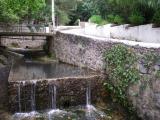 |
On the road to Foia; Caldas das Monchique & Monchique | 51 km from Carvoeiro (car needed). | |
 |
Shopping | Nearby and in the Algarve as general... | |
|
|
Tavira | 70 km from Carvoeiro (car needed). | |
|
|
Jeep Safari | ||
| West coast day trip | |||
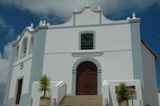 |
Aljezur | Part of west coat day trip: Carvoeiro > Aljezur > Arrifana > Natural Park > Sagres > Cape St. Vincento > "Safari" restaurant > Carvoeiro (a total of 200 km / minimum 6.5 hours). |
|
 |
Arrifana | Part of west coat day trip: Carvoeiro > Aljezur > Arrifana > Natural Park > Sagres > Cape St. Vincent > "Safari" restaurant > Carvoeiro (a total of 200 km / minimum 6.5 hours). |
|
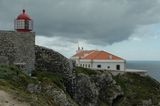 |
Cape St. Vincent | Part of west coat day trip: Carvoeiro > Aljezur > Arrifana > Natural Park > Sagres > Cape St. Vincent > "Safari" restaurant > Carvoeiro (a total of 200 km / minimum 6.5 hours). |
|
 |
Sagres | Part of west coat day trip: Carvoeiro > Aljezur > Arrifana > Natural Park > Sagres > Cape St. Vincento > "Safari" restaurant > Carvoeiro (a total of 200 km / minimum 6.5 hours). |
|
|
The Algarve east to West
Portugal´s southernmost province takes its name from the Arabic “Al Gharb”, meaning “west”, for this was in fact the most westerly region conquered by the Arabs in the Iberian Peninsula. The small area, separated from the Alentejo by shale hills, is like a garden: flowers grow alongside crops and beneath fruit trees so that one sees geraniums, camellias and oleanders, cotton, rice and sugar cane carobs, figs and almonds. Most cottage gardens are roofed houses cut at many levels by open terraces and decorated with attractive chimneys, unique to the Algarve. To the West rises a mountain range of granite rock, the Serra de Monchique, covered in lush vegetation. The coast is very sandy and East of Faro is protected by shoreline sandbanks. To the West the beaches are backed by high cliffs which form the impressive promontory of Cape St. Vincent. To open a map showing the following locations, CLICK HERE and you will be taken to Google Maps. You can zoom in or out at your leisure and plan your route(s). NB: The distance from Carvoeiro is shown in parentheses and is in kilometres. Vila Real de Santo António (106) Castro Marim (106) Tavira (82) Olhão (66) In 1808 an improvised local army rebelled against French occupation forces. The insurrectionary spirit spread throughout the country eventually A large municipal market stands on the waterfront and further on are pleasant rose gardens and a compound for ducks and black swans. Faro (58 ) It is a pleasant relaxed town, rich in historic sights and with excellent pedestrian shopping precinct. The centre has a cobbled, shaded municipal garden with an open-air café and old fashioned bandstand, a small boat harbour and the charming old city walls. The town’s three museums - archaeological, ethnographic and maritime - are within easy reach. Among Faro’s many churches the Igreja do Carmo (Carmelite Church) is considered the most beautiful while the most unusual is probably the Capela dos Ossos (Chapel of Bones) - a 19th century vault in which the skulls and bones of the parishioners were used instead of conventional building materials. Loulé (45) Albufeira (26) Silves (11) Porches (9) Lagoa (5) Carvoeiro Fontes, Estombar(12) Portimão (14) The fruit, vegetable and fish market is definitely worth browsing around. Portimão is probably the best town in the Algarve for shopping - leather goods are of excellent quality and reasonable prices and there is a fine selection of pottery, crystal, antiques, copper, pewter and linen. Monchique (35) north of Carvoeiro Ferragudo (12) Lagos (30) A statue of the prince, seated with a sextant in hand and looking out across the harbour, has been erected in one of the town squares - The Praça da República. At the north-east corner of the Praça da República is an unmarked courtyard which is the remains of the first European slave market, a trade with which Lagos was linked. Many of the town’s historic buildings were lost in the devastating earthquake of 1755 but one survivor, the alter of the Chapel of St. Anthony, a Baroque masterpiece in carved wood, should not be missed. The chapel decorated in late Baroque gilt with the lower walls covered in 8th century tiles is an impressive sight. Next door is the regional Museum of Lagos which contains a host of unusual ancient relics as well as items of folk and religious art. Trips by fishing boat can be arranged from the harbour. There is also a wonderful Zoo nearby. Sagres (61) Scraps of evidence of Prince Henry’s School of Navigation - an old chapel, stones laid out in the form of a large mariner’s compass or sundial - can be seen. Enroute to Sagres the village of Raposeira with its whitewashed cottages and colourful painted doors belongs to an era almost vanished. The town of Vila do Bispo, often overlooked by tourists, has one of the finest churches in the Algarve. Cape St. Vincent (66) From the Cape´s famous lighthouse, which can project a beam 60 miles out to sea, around 200 ships a day can be seen turning the corner of the main route between the Mediterranean and the North Atlantic. During daytime you can climb the 73 steps for a close look at the lighting equipment in the tower. Acknowledgments to Gambrinus |
|||


